Home>Interior Design>How To Style A Bookcase: 10 Rules For Styling A Bookshelf
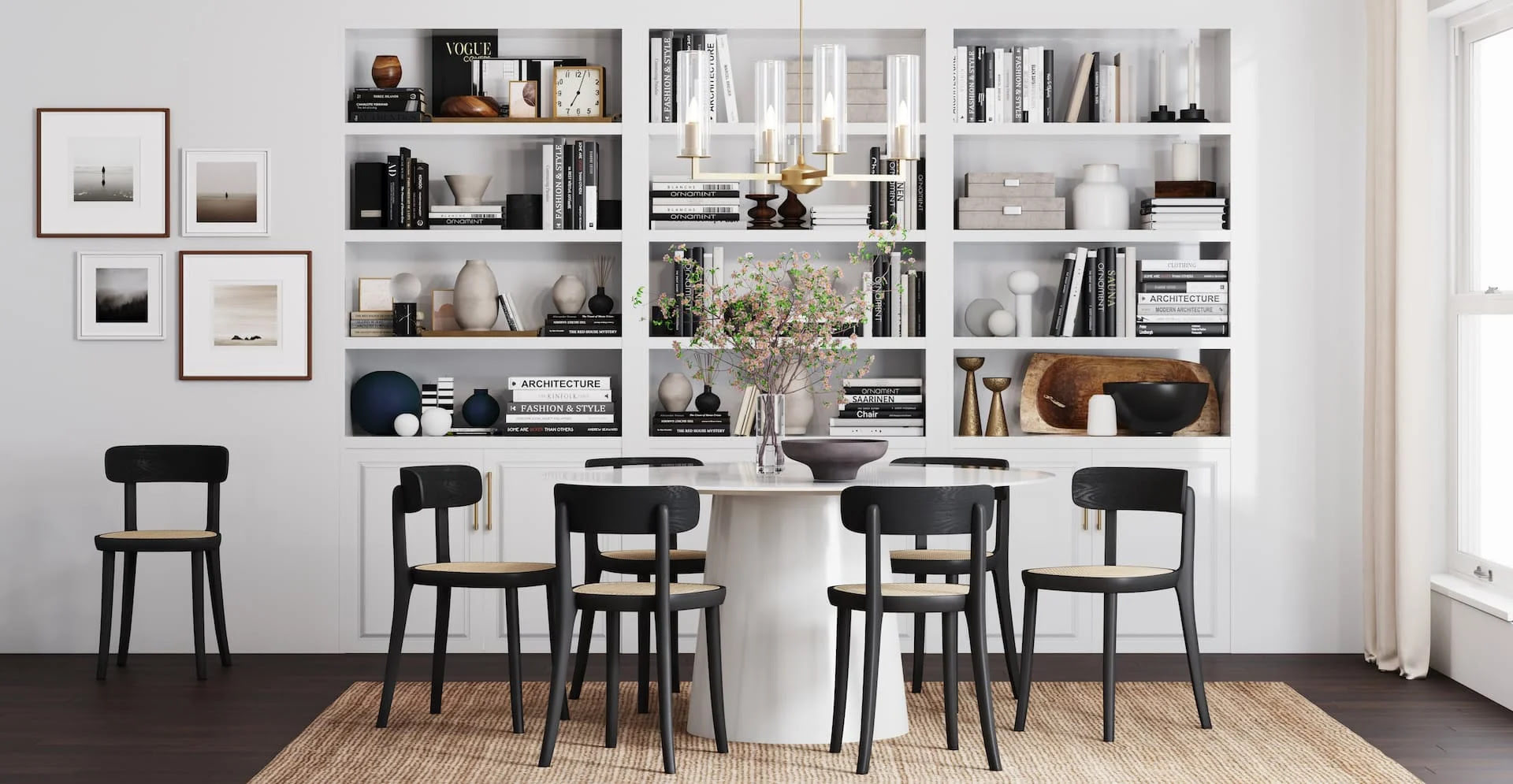

Interior Design
How To Style A Bookcase: 10 Rules For Styling A Bookshelf
Modified: August 17, 2024
Learn the top 10 rules for styling a bookshelf in your interior design project. Discover how to style a bookcase like a pro with our expert tips.
(Many of the links in this article redirect to a specific reviewed product. Your purchase of these products through affiliate links helps to generate commission for Storables.com, at no extra cost. Learn more)
Introduction
Styling a bookshelf is an often overlooked but crucial element in interior design. A well-styled bookcase can transform a room, adding personality, visual interest, and showcasing your personal taste. Whether you have a built-in bookshelf or a standalone piece, following a few key rules can help you achieve a polished and visually appealing look.
In this article, we will explore ten rules for styling a bookshelf that will take your interior design to the next level. From arranging books to incorporating decorative objects, we will cover all the essential elements to create a beautiful and organized display. Let’s dive in!
Key Takeaways:
- Transform your bookshelf into a visually captivating display by organizing books by color, mixing in decorative objects, and incorporating personal touches. Follow the rule of three for grouping objects and regularly refine the arrangement for a polished look.
- Infuse your personality into your home decor by varying the heights of objects, creating balance and symmetry, and incorporating artwork or framed photos. Start with a blank canvas, experiment with different combinations, and let your bookshelf tell a unique story.
Rule 1: Start with a blank canvas
When styling a bookshelf, it’s essential to start with a clean slate. Remove all the items from the bookshelf and clear any clutter. This will allow you to have a fresh perspective and a blank canvas to work with.
Take this opportunity to dust and clean the shelves, ensuring that they are neat and ready for the styling process. By starting with a blank canvas, you can approach the arrangement with an open mind and better visualize the possibilities.
Once the bookshelf is empty and clean, consider the overall aesthetic you want to achieve. Do you prefer a minimalist look or a more eclectic and vibrant display? Think about the color scheme, the style of the room, and your personal preferences.
By starting with a blank canvas, you have the freedom to experiment and create a bookshelf display that perfectly complements your space.
Rule 2: Arrange books both vertically and horizontally
When it comes to styling a bookshelf, don’t limit yourself to arranging books solely in a vertical position. Mixing up the orientation of books by incorporating both vertical and horizontal stacks adds visual interest and variation to the overall look.
Vertical stacks of books create a sense of order and structure, making it easier to browse titles. They also provide an opportunity to incorporate bookends or decorative objects in between the books, adding an extra layer of visual appeal.
On the other hand, placing books horizontally can break up the monotony and create visual contrast. This technique allows you to stack books or even use them as pedestals for displaying small objects or decorative items.
When arranging books vertically and horizontally, consider the balance and composition of the overall display. Avoid placing all the horizontal books in one area and all the vertical books in another. Instead, distribute them evenly throughout the shelves to create a harmonious arrangement.
Experiment with different combinations of vertical and horizontal stacks to find a balance that works best for your bookshelf. Remember, the goal is to create a visually appealing and dynamic display that showcases your books while incorporating other design elements.
Rule 3: Organize books by color
Organizing books by color can add a beautiful visual impact to your bookshelf display. It creates a cohesive and harmonious look that instantly draws the eye. By arranging books in a color gradient, you can transform your bookshelf into a work of art.
Start by sorting your books into color categories such as red, orange, yellow, green, blue, and so on. Then, begin arranging them on the shelves, starting with one color category and gradually transitioning to the next.
This color organization not only adds aesthetic appeal but also makes it easier to locate books based on their color. It’s a unique and creative way to showcase your book collection and make a statement.
When organizing books by color, you can also consider incorporating neutral-colored books as separators or bookends. These can help break up the color sections and add a sense of balance to the arrangement.
If you have books with colorful spines or vibrant covers that don’t fit into the color categories, you can place them strategically throughout the shelves to create pops of visual interest.
Organizing books by color is a fun and visually pleasing way to style your bookshelf. It adds a unique and personal touch to your space while creating a cohesive and eye-catching display.
Rule 4: Mix in decorative objects
Styling a bookshelf is not just about arranging books. Adding decorative objects can elevate the overall look and create a curated display. These objects can be anything from vases, sculptures, plants, picture frames, or any other items that reflect your personal style and interests.
Interspersing decorative objects among your books adds visual interest and breaks up the monotony. They also provide an opportunity to incorporate different textures, shapes, and colors that complement the rest of your decor.
When selecting decorative objects, consider the scale and proportion in relation to the size of your bookshelf. Aim for a mix of larger and smaller objects that are proportionate to the shelves and books.
Grouping similar objects together can create a cohesive look. For example, you can gather a collection of vases or small sculptures and display them on a shelf to create a mini art installation.
Don’t be afraid to add a personal touch by incorporating sentimental items such as family heirlooms or travel souvenirs. These can not only add a personal touch but also serve as great conversation starters.
Keep in mind that less can be more when it comes to styling with decorative objects. A cluttered bookshelf can look overwhelming and messy. Aim for a balanced display that allows each object to shine and be appreciated individually.
By mixing in decorative objects, you can add an extra layer of visual interest and personality to your bookshelf, making it a true reflection of your style and taste.
Rule 5: Create balance and symmetry
Creating balance and symmetry is essential for achieving a visually pleasing and harmonious bookshelf display. It helps create a sense of order and cohesion, making the arrangement more pleasing to the eye.
When arranging books and decorative objects on your bookshelf, consider the placement and distribution of items. Aim for an equal distribution of weight and visual elements on both sides of the shelf.
If you have multiple shelves, strive for balance vertically as well. Ensure that each shelf has a similar arrangement of books and decorative objects to maintain consistency throughout the bookshelf.
Symmetry can be achieved by mirroring the arrangement of books and objects on either side of the bookshelf. For example, if you have a vertical stack of books on one side, try to replicate it on the other side. This creates a sense of order and visual continuity.
However, keep in mind that achieving perfect symmetry may not always be possible or necessary. It’s okay to have small variations and asymmetrical elements to add visual interest and avoid a rigid and monotonous look.
Another way to create balance is by considering the height and scale of objects. Place taller objects next to shorter ones to create a visually appealing arrangement. Combining objects of varying heights and sizes adds dimension and depth to the bookshelf display.
By creating balance and symmetry in your bookshelf arrangement, you can achieve a cohesive and visually pleasing display that makes a statement in your space.
When styling a bookcase, use a mix of books, decorative objects, and artwork to create visual interest. Vary the height and orientation of items, and leave some empty space for a balanced look.
Rule 6: Vary the heights of objects
When styling a bookshelf, incorporating objects of varying heights is crucial to create visual interest and dimension. It adds depth and prevents the arrangement from appearing flat or monotonous.
Start by selecting objects of different heights, such as tall vases, medium-sized sculptures, and smaller decorative items. Experiment with their placement on the shelves, making sure to distribute them evenly throughout.
Placing taller objects towards the back of the shelf can create a sense of depth and make the display more visually appealing. This also allows shorter objects to be more visible and adds a layered effect to the overall arrangement.
If you have books with varying heights, use them strategically to create height variations. Stack a few books vertically to create a pedestal for a decorative object or place them horizontally to add a sense of balance.
Remember to maintain a balanced distribution of heights across the shelves. Avoid clustering all the tall objects in one area and leaving the rest of the space empty. Aim for a visually appealing arrangement where the heights of objects flow smoothly from one side to the other.
By varying the heights of objects, you can add visual interest, depth, and balance to your bookshelf display. It creates a dynamic and captivating arrangement that draws the eye and makes a statement in your space.
Rule 7: Use the rule of three for grouping objects
When styling a bookshelf, grouping objects in sets of three can create a visually pleasing and balanced arrangement. The rule of three is a design principle that suggests that items arranged in odd numbers, specifically three, tend to be more visually appealing and memorable.
Start by selecting three objects that work well together in terms of color, texture, or theme. These objects can be similar in size, shape, or style, or they can complement each other with contrasting elements.
Place the three objects together, either side by side or in a triangular formation, on a shelf. This grouping creates a focal point that draws the eye and adds a focal point of visual interest to the overall arrangement.
Keep in mind that the rule of three can be applied in multiple areas of your bookshelf display. You can create several groups of three objects throughout the shelves to maintain a cohesive and balanced look.
Remember to distribute these groupings evenly throughout the bookshelf to avoid creating an unbalanced arrangement. Spread them out and consider the overall composition to achieve a visually harmonious display.
Using the rule of three for grouping objects adds a sense of rhythm, balance, and visual appeal to your bookshelf. It creates a curated look and makes the arrangement more visually captivating.
Rule 8: Incorporate artwork or framed photos
Adding artwork or framed photos to your bookshelf can add a personal touch and create a focal point in the overall display. It allows you to showcase your favorite pieces or cherished memories while enhancing the visual appeal of the bookshelf.
Start by selecting artwork or framed photos that complement the style and color scheme of the room. Consider the size and proportion of the pieces in relation to the shelves and other objects on display.
When incorporating artwork or framed photos, you have several options for placement. You can lean larger pieces against the back of the bookshelf, allowing them to stand out and create a visual impact. Alternatively, you can hang smaller pieces directly on the wall above the bookshelf, creating a cohesive and integrated look.
If you have smaller frames, you can place them on the shelves, either standing on their own or leaning against books or other objects. This adds a layer of depth and visual interest to the arrangement.
When arranging artwork or framed photos, consider the overall composition and balance. Group similar pieces together or intersperse them throughout the shelves to create a cohesive and visually appealing display.
Additionally, you can place objects on the shelves that complement the artwork or photos. For example, you can display a small sculpture or a decorative object next to a framed photo to create a cohesive visual story.
Incorporating artwork or framed photos adds a personal touch and adds layers of meaning to your bookshelf display. It becomes a curated collection that reflects your style, interests, and cherished memories.
Read also: 10 Amazing Ladder Bookcase for 2025
Rule 9: Add personal touches and sentimental items
One of the most important rules for styling a bookshelf is to incorporate personal touches and sentimental items. These items give your bookshelf display a unique and meaningful touch, showcasing your personality, experiences, and memories.
Start by selecting items that hold special significance to you, such as family heirlooms, travel souvenirs, or gifts from loved ones. These can be displayed on the shelves or placed strategically among books and decorative objects.
You can also showcase items that reflect your hobbies or interests. If you’re passionate about music, for example, display a small collection of vinyl records or musical instruments. If you love gardening, incorporate some small potted plants or gardening tools into the arrangement.
Consider personalizing the bookshelf with items like monogrammed bookends, custom-made bookplates, or bookshelf labels. These small details can add a touch of whimsy and make your bookshelf uniquely yours.
Incorporating personal touches allows you to create a bookshelf that not only looks visually appealing but also tells a story. It adds depth and authenticity to your overall interior design.
When placing sentimental items, consider their size, scale, and weight. Ensure they are properly displayed and secured to prevent accidents or damage to your prized possessions.
By adding personal touches and sentimental items, your bookshelf becomes a reflection of your life, memories, and interests. It transforms it into a space that truly feels like home.
Rule 10: Edit and refine your bookshelf arrangement
The final rule for styling a bookshelf is to edit and refine your arrangement. Once you have implemented all the previous rules, take a step back and evaluate the overall display.
Start by considering the visual balance and composition. Look for any areas that feel cluttered or unbalanced and make adjustments accordingly. Rearrange objects, shift books, or remove any items that don’t contribute to the overall aesthetic.
Edit your bookshelf by removing any unnecessary or redundant items. This will allow the objects that remain to shine and create a more impactful display. Less can often be more when it comes to styling a bookshelf.
Pay attention to the negative space between objects. Embrace empty spaces to give your arrangement room to breathe. Negative space can add a sense of calm and simplicity, allowing the objects on display to stand out.
Step back and view the bookshelf from different angles and distances. This will give you a better understanding of how the arrangement looks from a viewer’s perspective. Make any necessary adjustments to create a visually pleasing display from all angles.
Consider the functionality of the bookshelf as well. Ensure that your books are still easily accessible and that the arrangement doesn’t hinder functionality. A well-styled bookshelf should not sacrifice usability.
Finally, remember that the arrangement is not set in stone. Feel free to experiment, make changes, and evolve the display over time. It’s a creative process that can be adjusted as your style and preferences evolve.
By regularly editing and refining your bookshelf arrangement, you can ensure that it remains fresh, visually appealing, and a true reflection of your style and personality.
Conclusion
Styling a bookshelf is an opportunity to infuse your personality and style into your home decor. By following these ten rules, you can transform your bookshelf into a visually captivating and organized display.
Starting with a blank canvas allows you to approach the arrangement with a fresh perspective. Mixing books both vertically and horizontally adds visual interest, while organizing books by color creates a cohesive and eye-catching display.
Incorporating decorative objects brings depth and texture to the arrangement, while creating balance and symmetry ensures a visually pleasing look. Varying the heights of objects adds dimension, and using the rule of three for grouping objects creates a focal point.
Incorporating artwork or framed photos adds a personal touch and creates a visual impact, while adding sentimental items and personal touches brings depth and authenticity to the display.
Finally, editing and refining your bookshelf arrangement ensures that it remains visually appealing and functional. Regularly assessing and making adjustments keeps your display fresh and in harmony with your evolving style and preferences.
Remember, the key is to create a bookshelf arrangement that reflects your personality, showcases your interests, and tells a story. Have fun and experiment with different combinations to achieve a display that truly represents you.
So go ahead, reimagine your bookshelf as a curated art piece, and let it become a focal point that adds charm and character to your living space.
Frequently Asked Questions about How To Style A Bookcase: 10 Rules For Styling A Bookshelf
Was this page helpful?
At Storables.com, we guarantee accurate and reliable information. Our content, validated by Expert Board Contributors, is crafted following stringent Editorial Policies. We're committed to providing you with well-researched, expert-backed insights for all your informational needs.
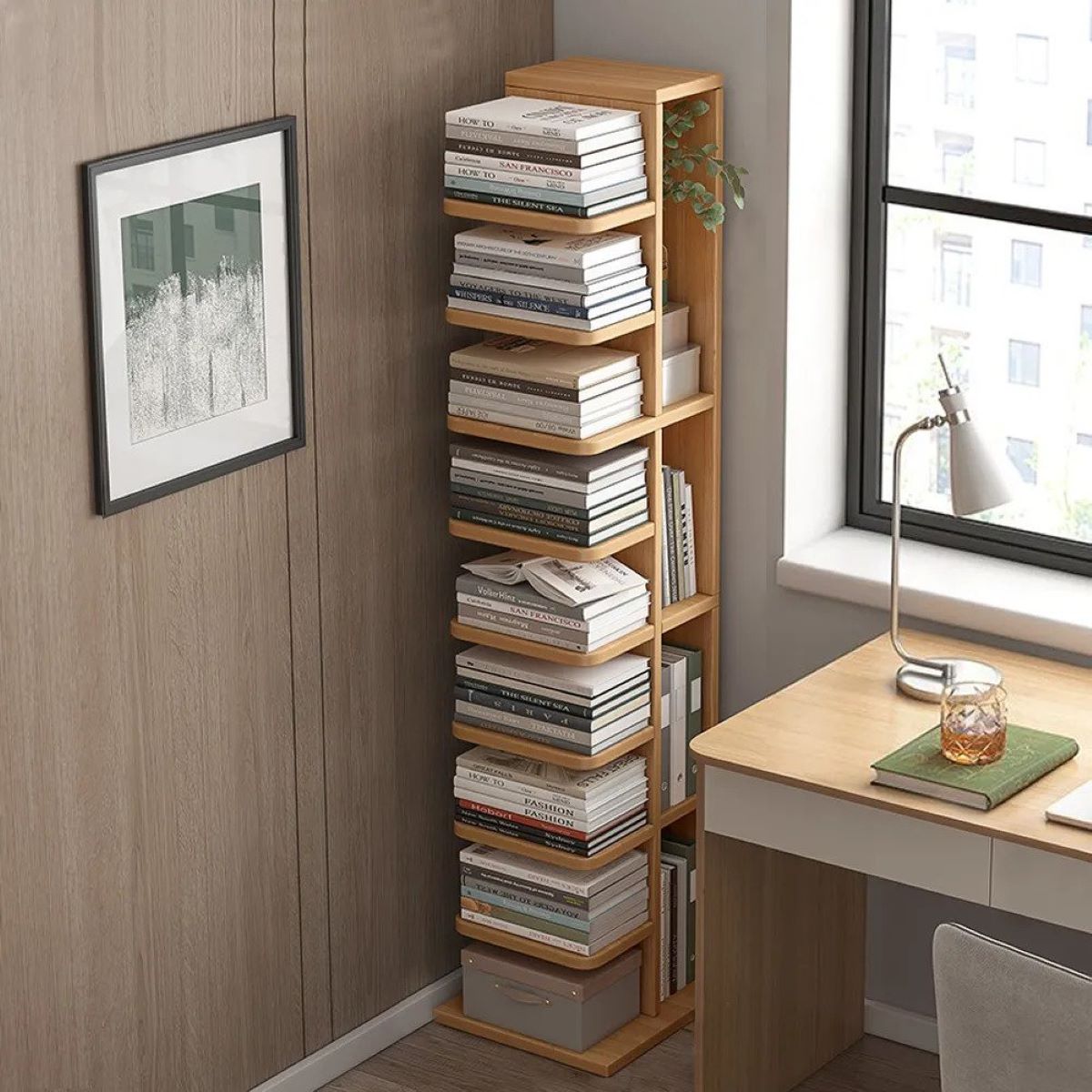
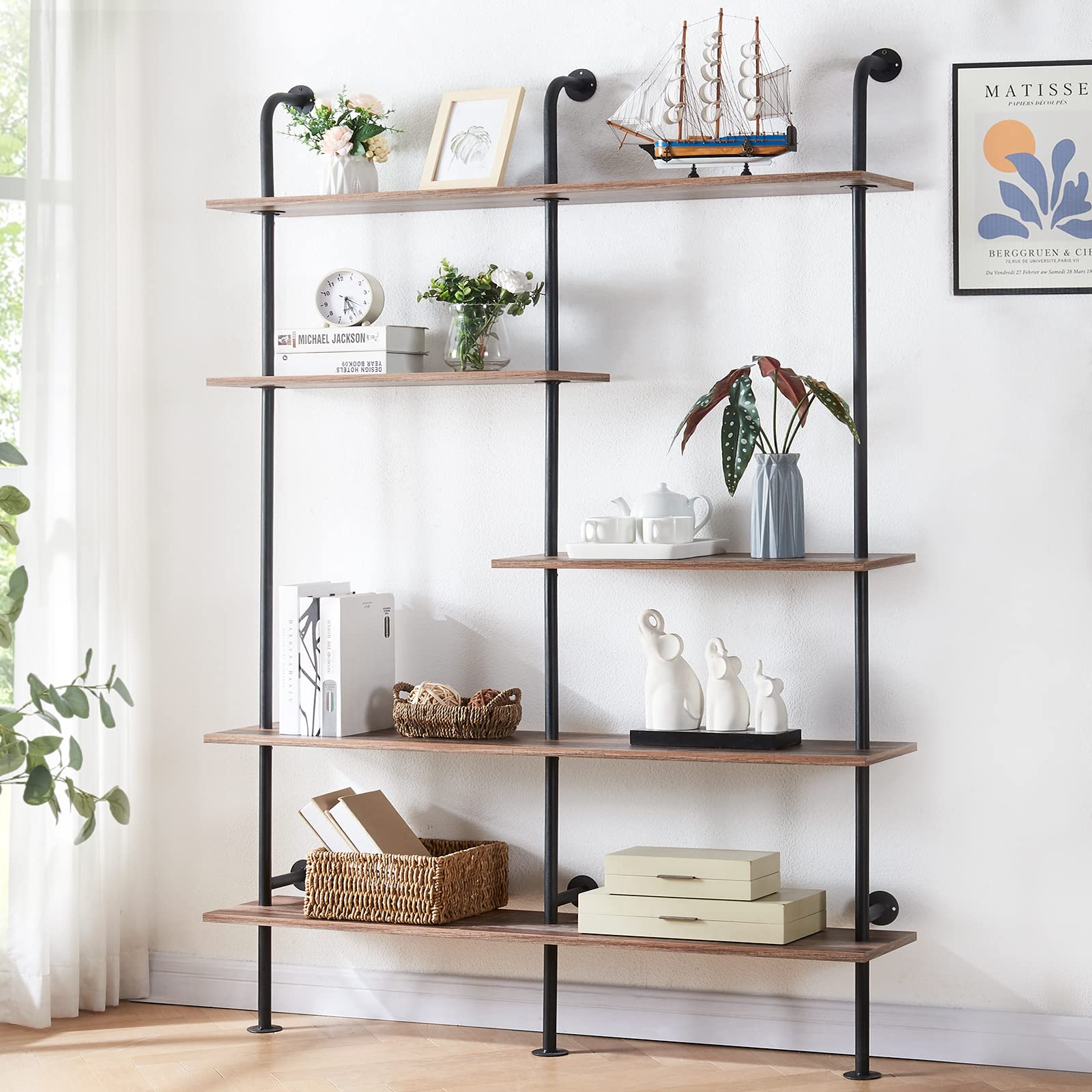
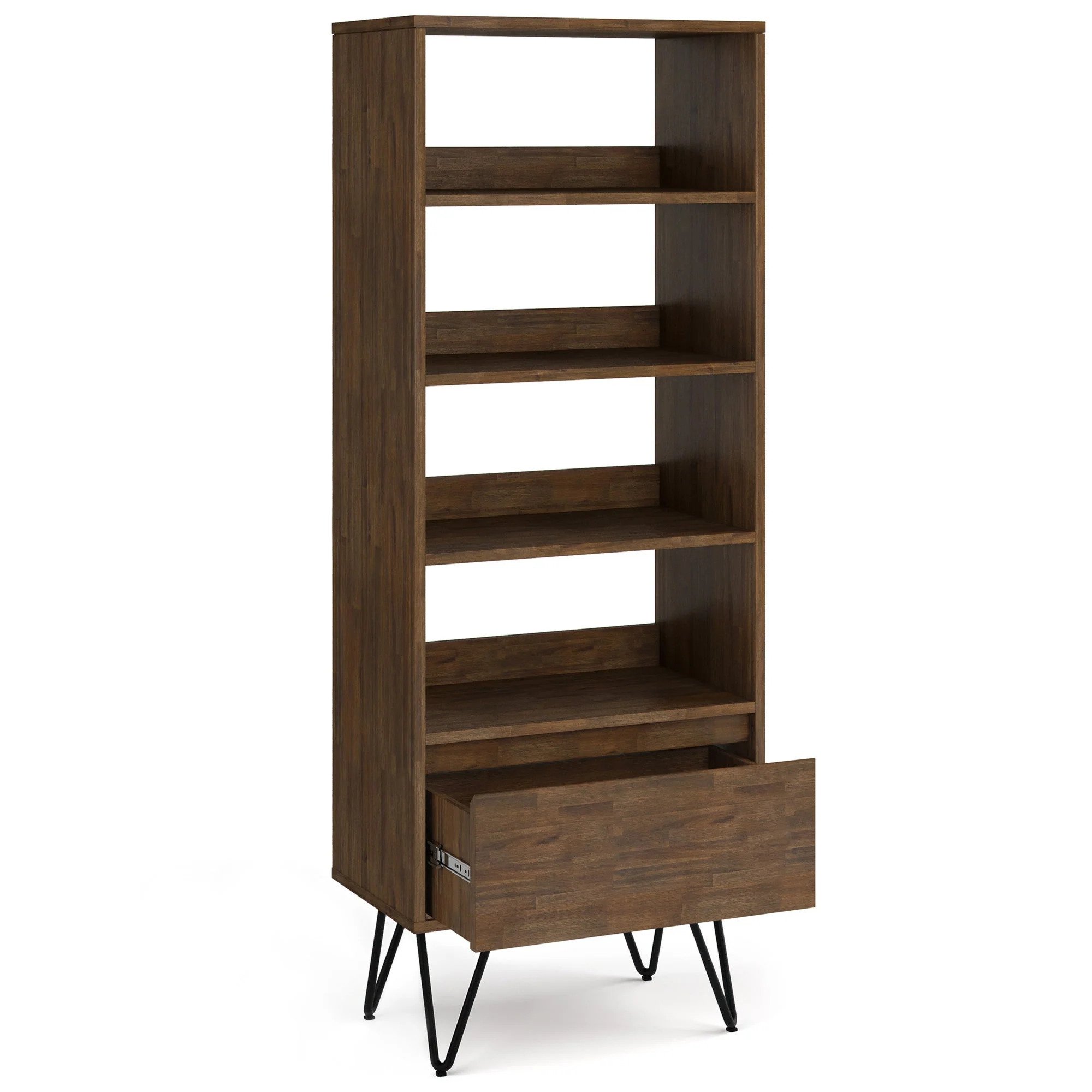
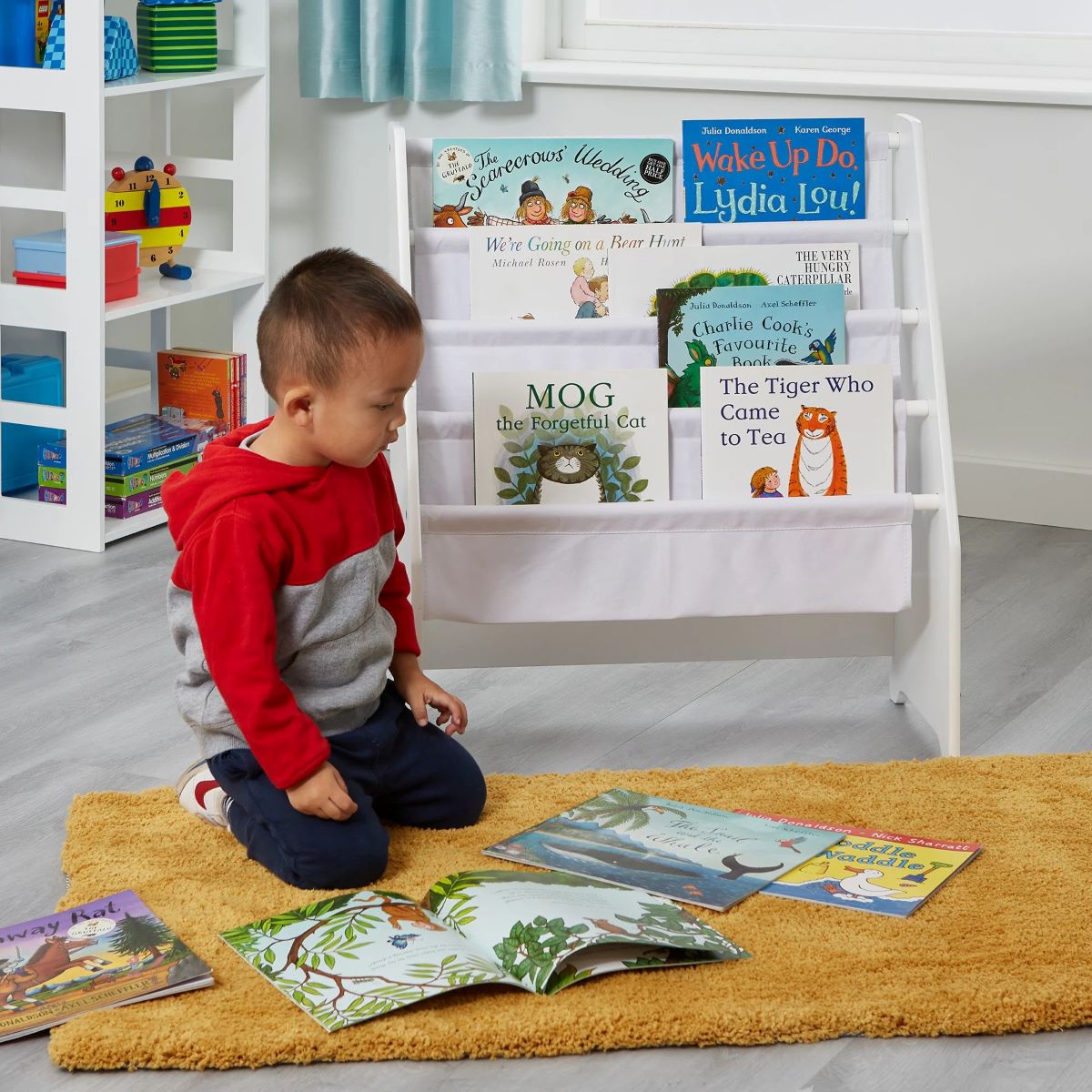
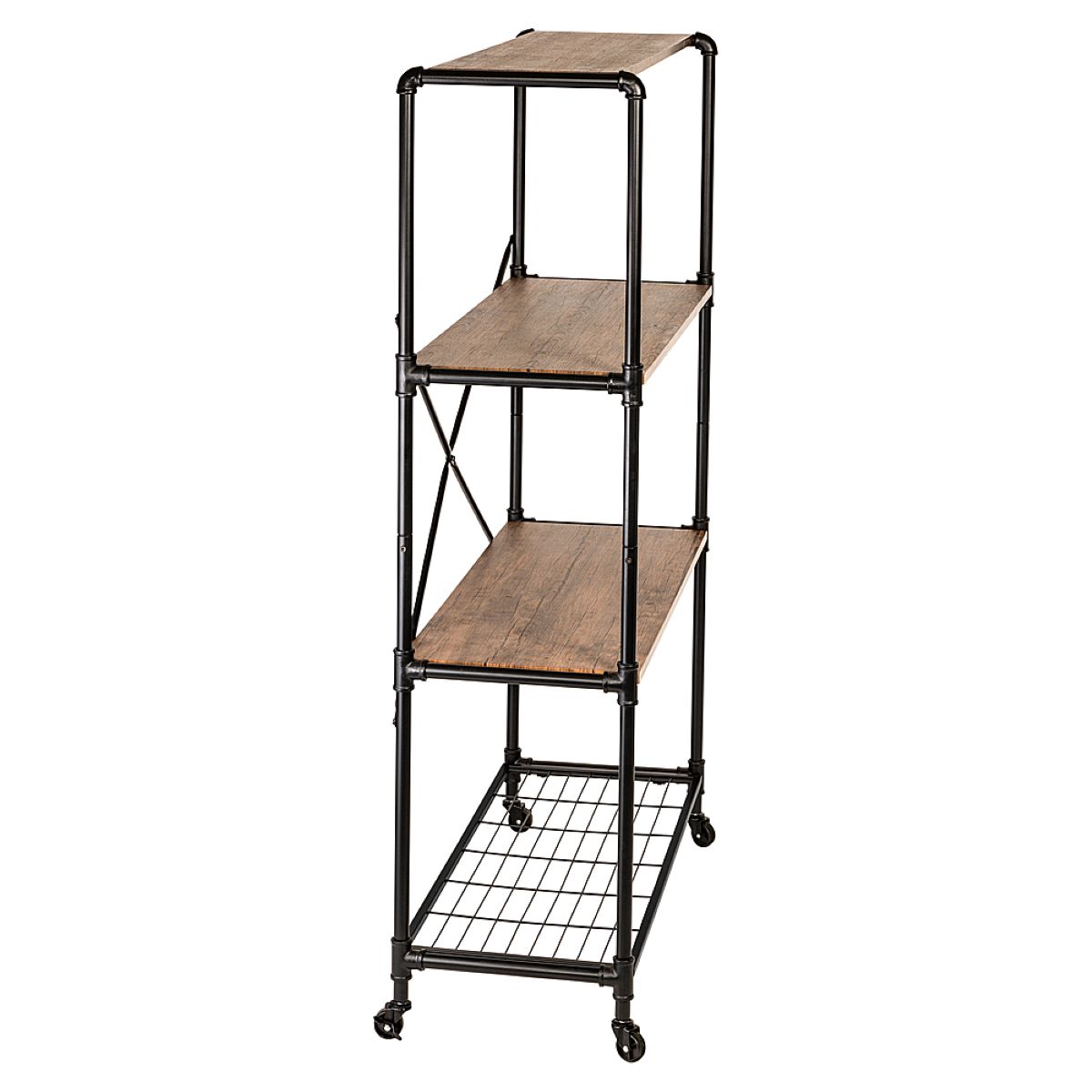
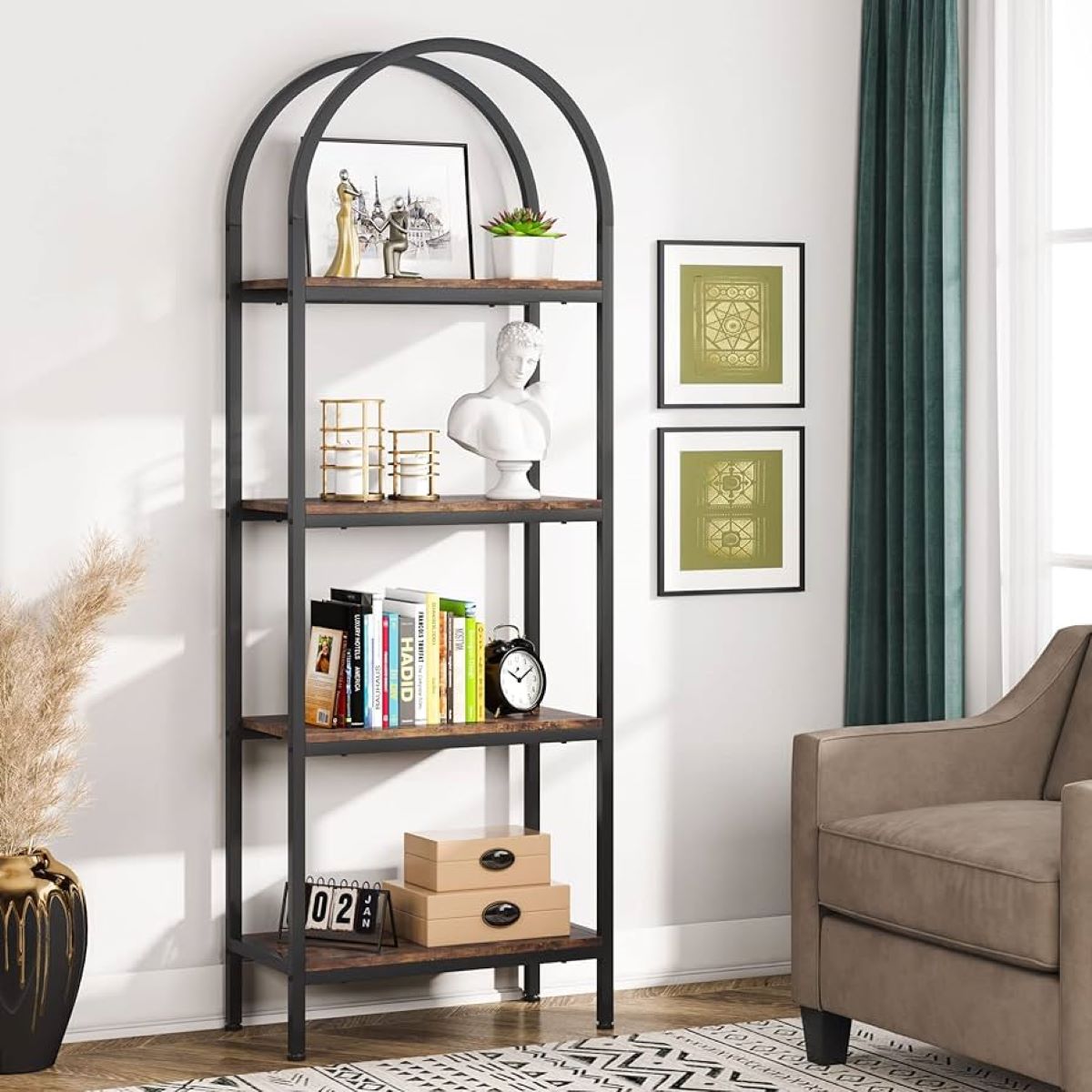
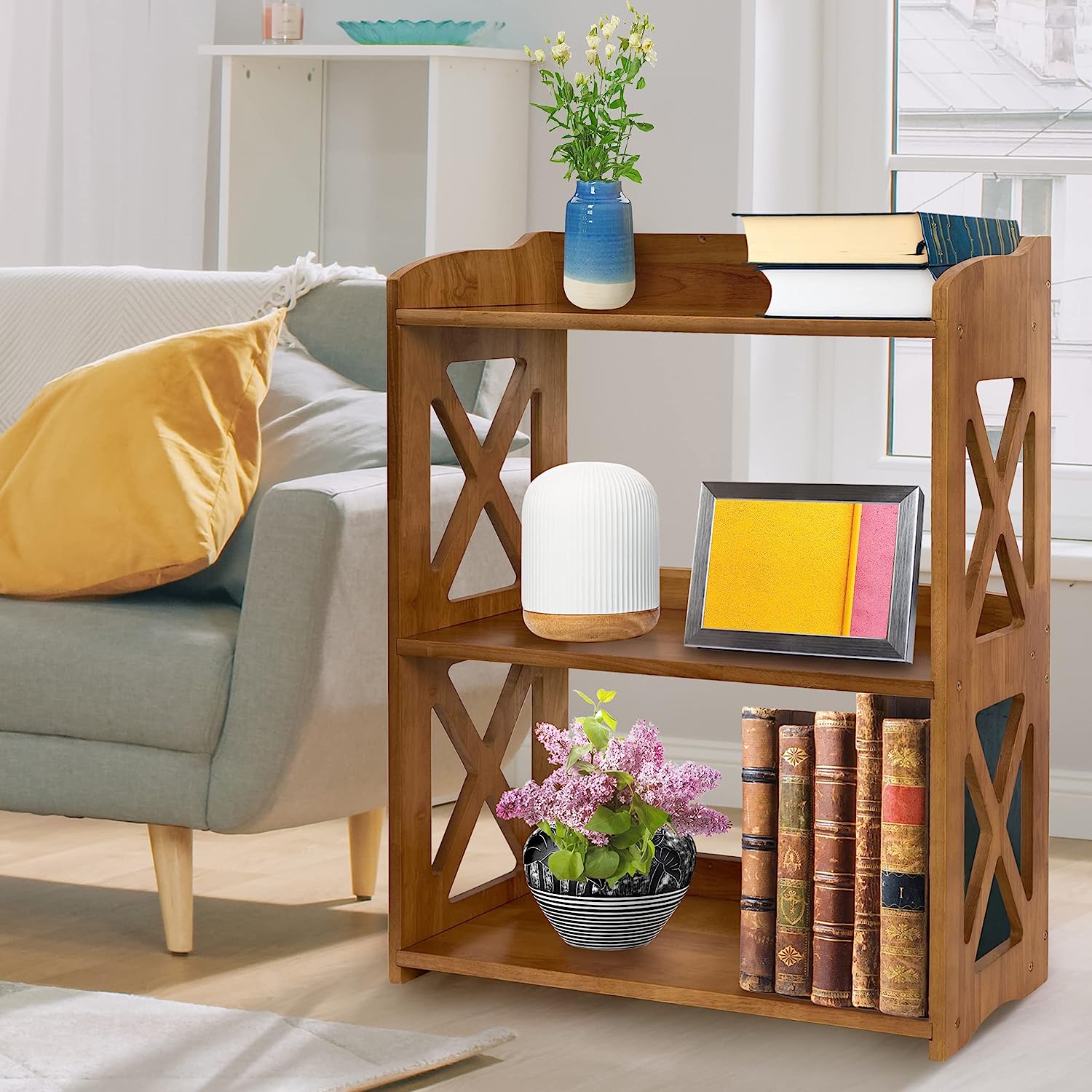
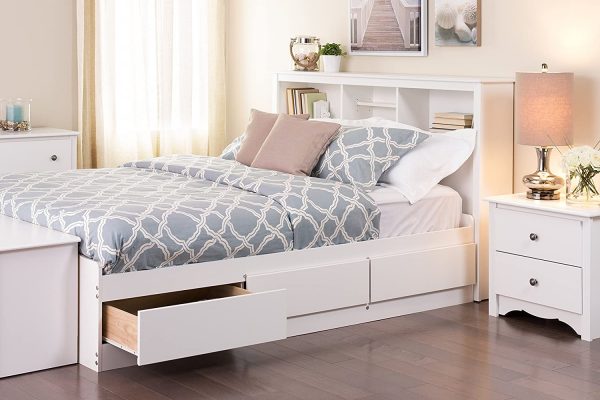

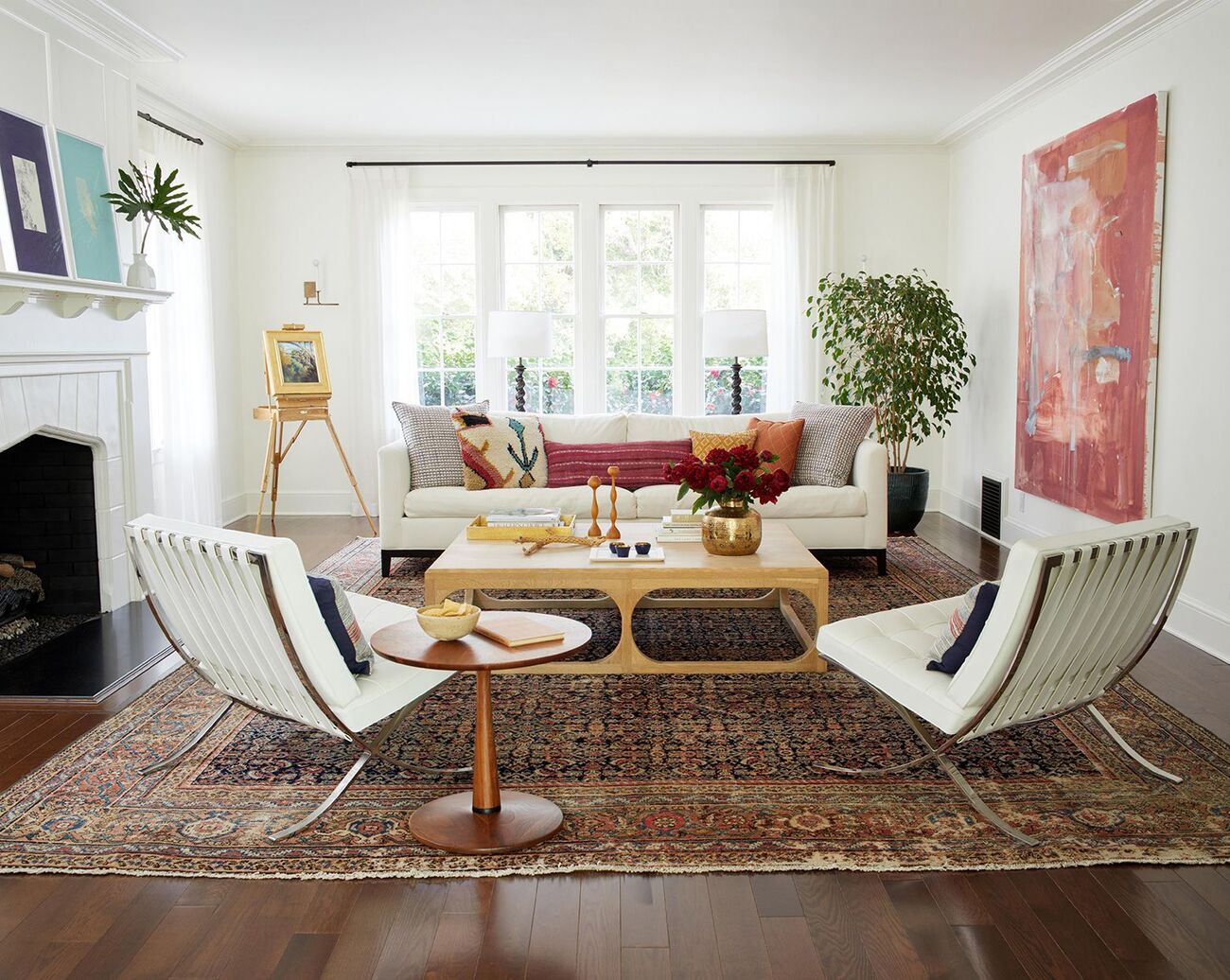
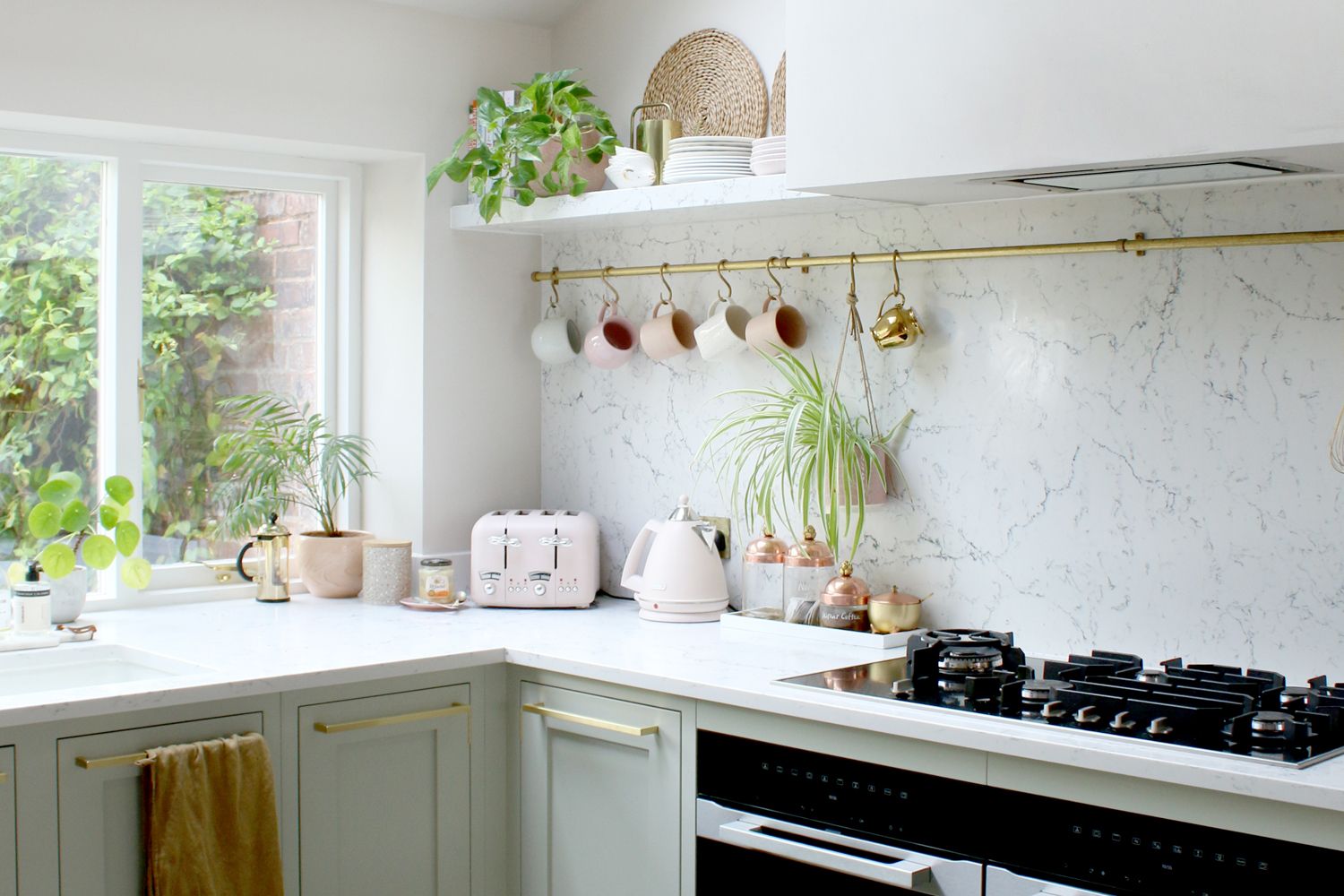

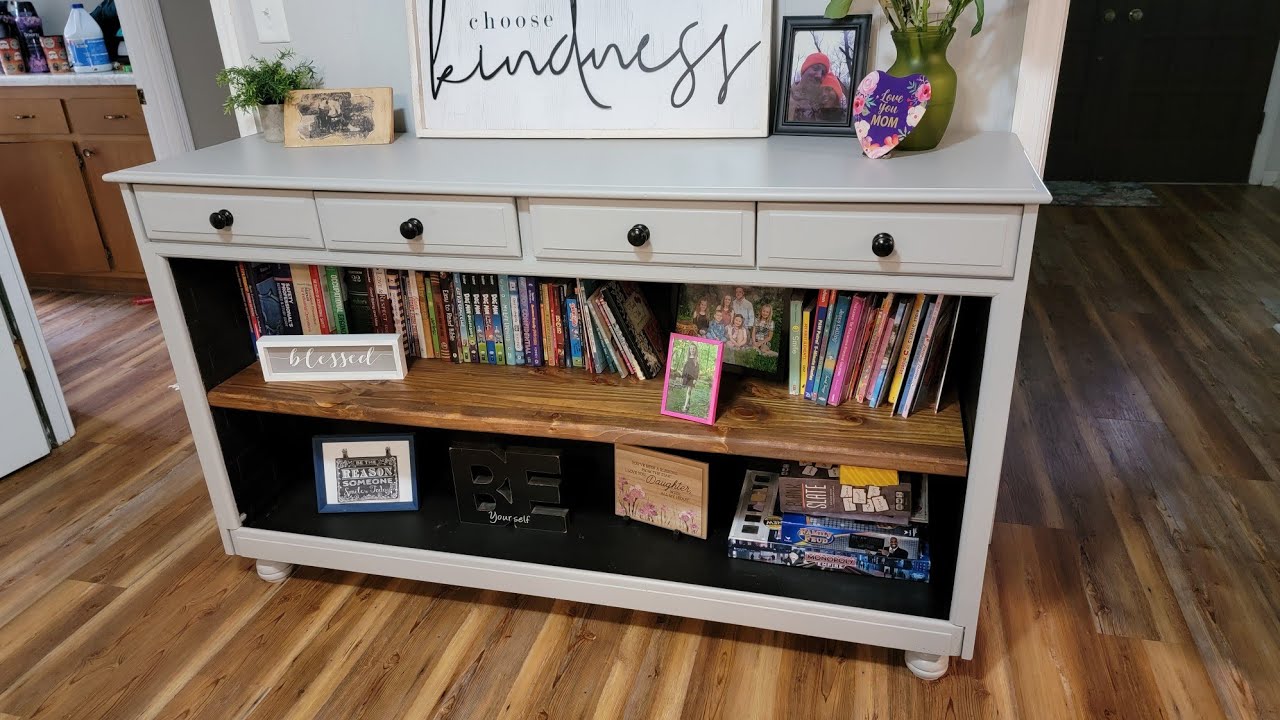

0 thoughts on “How To Style A Bookcase: 10 Rules For Styling A Bookshelf”